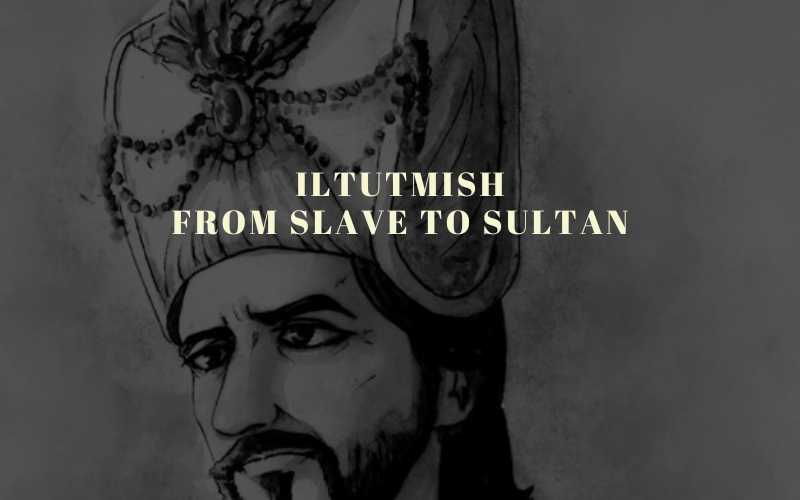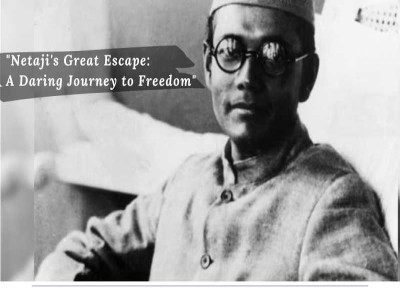
Iltutmish: From Slave to Sultan
Shams-ud-din Iltutmish, often referred to simply as Iltutmish, was one of the most significant rulers of the Delhi Sultanate, reigning from 1211 to 1236. His journey from slavery to sovereignty is a remarkable tale of resilience, ambition, and strategic insight. Iltutmish's reign laid the foundations for a stable and prosperous Sultanate, and his contributions to the political, cultural, and administrative landscape of medieval India are profound.
Iltutmish was born around 1175 in the region of Bukhara in present-day Uzbekistan. He belonged to the Ilbari tribe, a prominent Turkic tribe known for its martial prowess. His early life, however, was marked by misfortune and upheaval.
As a young boy, Iltutmish was sold into slavery. Despite his noble birth, he was captured and sold due to internal tribal conflicts and the prevailing social conditions of the time. He was taken to Ghazni and later sold to Qutb-ud-din Aibak, a prominent general of the Ghurid Empire, who eventually became the first Sultan of Delhi.
Iltutmish quickly distinguished himself under Aibak's service. His intelligence, loyalty, and military skills earned him rapid promotions. Recognizing his potential, Aibak granted him the iqta (land grant) of Badaun and later appointed him as the governor of Gwalior.
Iltutmish further strengthened his position by marrying Aibak’s daughter. This alliance not only bolstered his political standing but also cemented his loyalty to the ruling family. After Aibak's death in 1210, and a brief and tumultuous period of succession, Iltutmish was able to claim the throne of Delhi in 1211, overcoming the brief reign of Aram Shah.
Reign as Sultan
Consolidation of the Sultanate
Defeating Rivals: Iltutmish faced immediate challenges to his rule from rival claimants and regional governors. He effectively neutralized these threats through a combination of military force and strategic alliances.
Mongol Threat: During his reign, the Mongol Empire was expanding aggressively under Genghis Khan. Iltutmish managed to protect his realm from Mongol invasions by fortifying his frontiers and adopting a cautious foreign policy, which included offering asylum to fleeing Khwarazmian nobles, thus creating a buffer state.
Administrative Reforms
Centralization: Iltutmish worked towards centralizing the administrative apparatus of the Sultanate. He reorganized the revenue system and improved the efficiency of tax collection.
Iqta System: He further developed the iqta system, where land was granted to military officers and nobles in exchange for their services. This system became a cornerstone of the Sultanate’s administrative framework.
Chalisa: Iltutmish formed a corps of forty loyal nobles known as the Chalisa or Chihalgani. This group played a crucial role in maintaining the Sultan’s authority and implementing his policies.
The tanka was a significant silver coin introduced by Sultan Iltutmish during his reign in the Delhi Sultanate. It played a crucial role in standardizing the monetary system of medieval India, addressing the challenges posed by the use of various regional coins and facilitating trade and commerce across the empire.
Cultural and Architectural Contributions
Architectural Legacy: Iltutmish is renowned for his architectural patronage. He completed the construction of the Qutb Minar, which had been initiated by Qutb-ud-din Aibak, and built several other significant structures, including his own tomb in Delhi, which is considered one of the earliest examples of Indo-Islamic architecture.
Cultural Flourishing: His reign saw a flourishing of Persian culture and literature. Delhi became a center of learning and culture, attracting scholars, poets, and artists from across the Islamic world.
Iltutmish faced numerous internal revolts from ambitious nobles and regional governors. His ability to quell these rebellions demonstrated his strategic and military acumen.
He ensured a smooth succession by securing the throne for his chosen heir, his daughter Razia Sultana, despite strong opposition from conservative factions that were against a female ruler.
Iltutmish died in 1236, leaving behind a consolidated and relatively stable Sultanate. His death marked the end of a crucial phase in the establishment of Muslim rule in India.
Iltutmish's reign is often regarded as the real foundation of the Delhi Sultanate. His administrative reforms, architectural contributions, and strategic foresight set the stage for the future expansion and consolidation of the Sultanate. His success as a ruler who rose from slavery to sovereignty is a testament to his exceptional abilities and enduring legacy in the annals of Indian history.
Iltutmish's journey from a slave in the markets of Central Asia to the Sultan of Delhi is a remarkable story of resilience, determination, and strategic brilliance. His reign not only stabilized the nascent Delhi Sultanate but also laid the groundwork for its future prosperity. His administrative reforms, architectural patronage, and strategic acumen left an indelible mark on the history of medieval India, making him one of the most significant rulers of the Delhi Sultanate.
Disclaimer: The opinions expressed in this article are those of the author's. They do not purport to reflect the opinions or views of The Critical Script or its editor.

Newsletter!!!
Subscribe to our weekly Newsletter and stay tuned.

















Related Comments